From Family Tables to Office Desks: How Do You Create Belonging?
Ah, Thanksgiving – that time of year when we brace ourselves for Aunt Gerty’s personal and inappropriate line of questioning about our personal lives and Uncle Joe’s whisky powered political rants. But it’s also a time of year where we’re prompted to spend time in gratitude and reflection for all we have and all we can do to give back to the world.
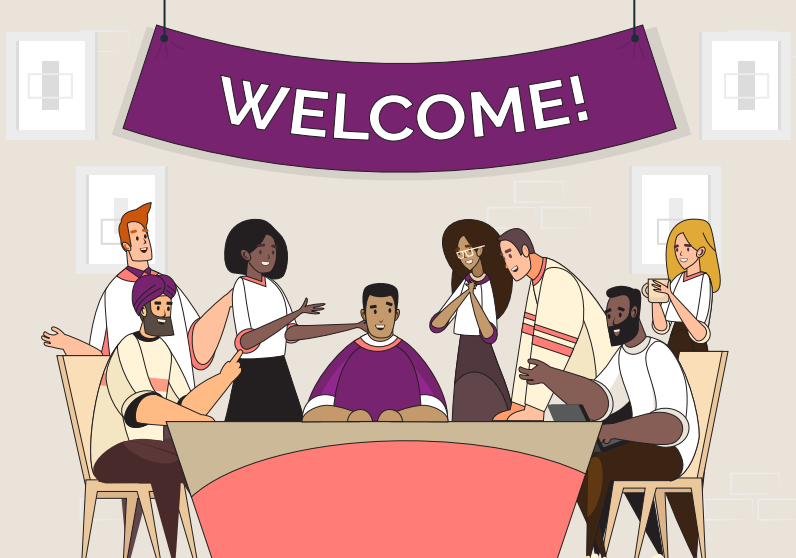
My thoughts naturally turn towards the concept of belonging in this season. Belonging is more than just being part of something; it’s about feeling seen, understood, and valued within that space.
As we prepare to gather for Thanksgiving each year, it’s important to consider how this sense of belonging shapes our experiences and interactions, not just at the family table but within our organizations.
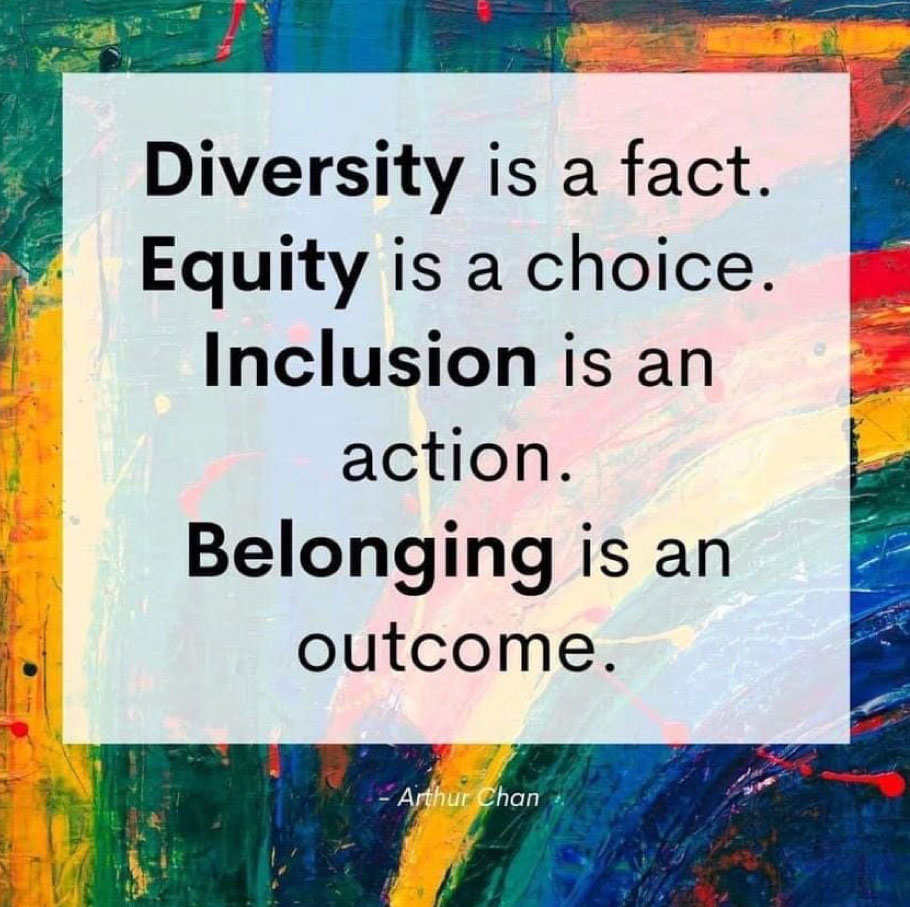
What is Belonging?
My alma mater, Cornell University, has a great definition of what belonging is and why it matters at work:
“Belonging is the feeling of security and support when there is a sense of acceptance, inclusion, and identity for a member of a certain group. It is when an individual can bring their authentic self to work. When employees feel like they don’t belong at work, their performance and their personal lives suffer. Creating genuine feelings of belonging for all is a critical factor in improving engagement and performance. It also helps support business goals.”
Inclusion and belonging are two distinct and important parts of creating a healthy culture. Inclusion is about actively ensuring that everyone, regardless of their background or identity, is given a seat at the table and their voice is heard and valued. Belonging takes this a step further—it’s the feeling of being VALUED FOR WHO YOU ARE within that environment.
Let’s talk about how to grow a sense of belonging, both personally and professionally, by:
- Looking at our own identities
- Understanding and addressing bias
- Practicing ally-worthy behaviors
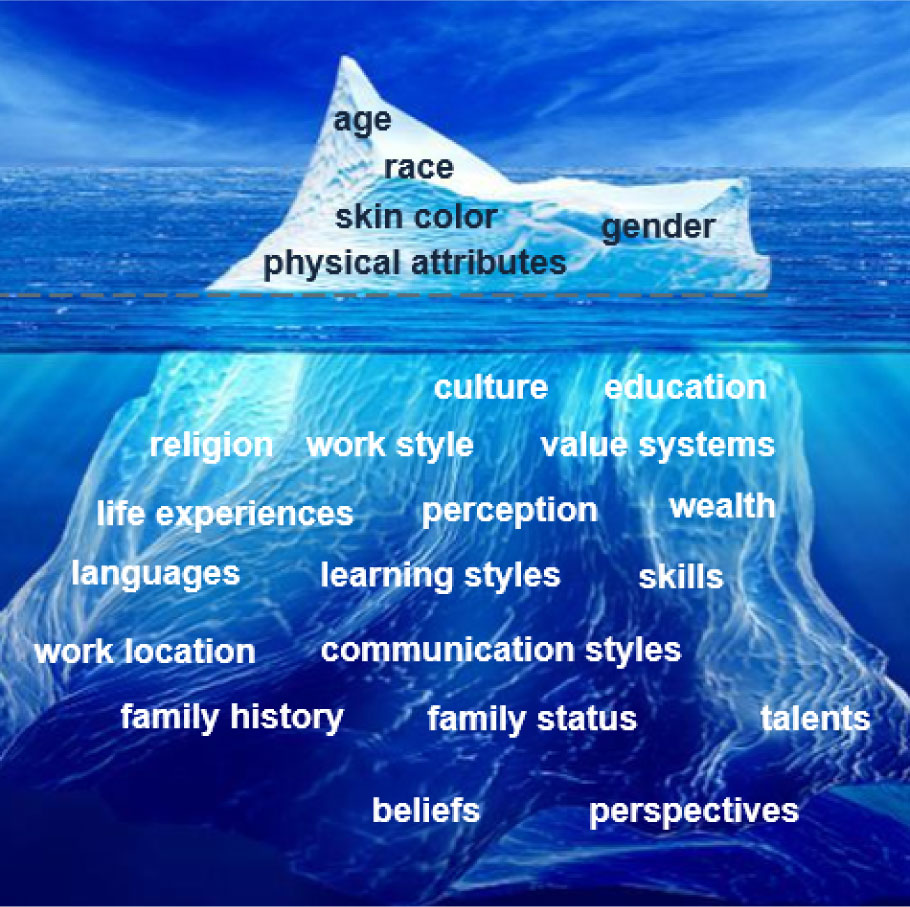
1. Identity and Diversity Dimensions
The holidays are infamous for being a time where we bear the awkwardness of connecting with people that don’t see the world in the same way we do. It is also an invitation to deeper understanding of ourselves and the people around us. So practically, how do we do this?
- Reflect on Your Own Identity: Consider how the diversity factors above and below the waterline of the image above inform who you are as a person, your views on the world, and how you interact with others. Being aware of your own diversity dimensions help set the stage for understanding others.
- Active Listening: To truly understand and appreciate the diverse identities within your team (and family!), practice active listening. This means fully focusing on the person speaking, suspending your own perceptions and beliefs of the world in order to better understand their perspective.We can do this at work by creating opportunities for team members to share their stories and experiences through structured team-building activities, dedicated spaces for sharing (like employee resource groups), and informal conversations.
Remember, empathy grows when we not only hear but also seek to understand the depth and breadth of our colleagues’ identities.
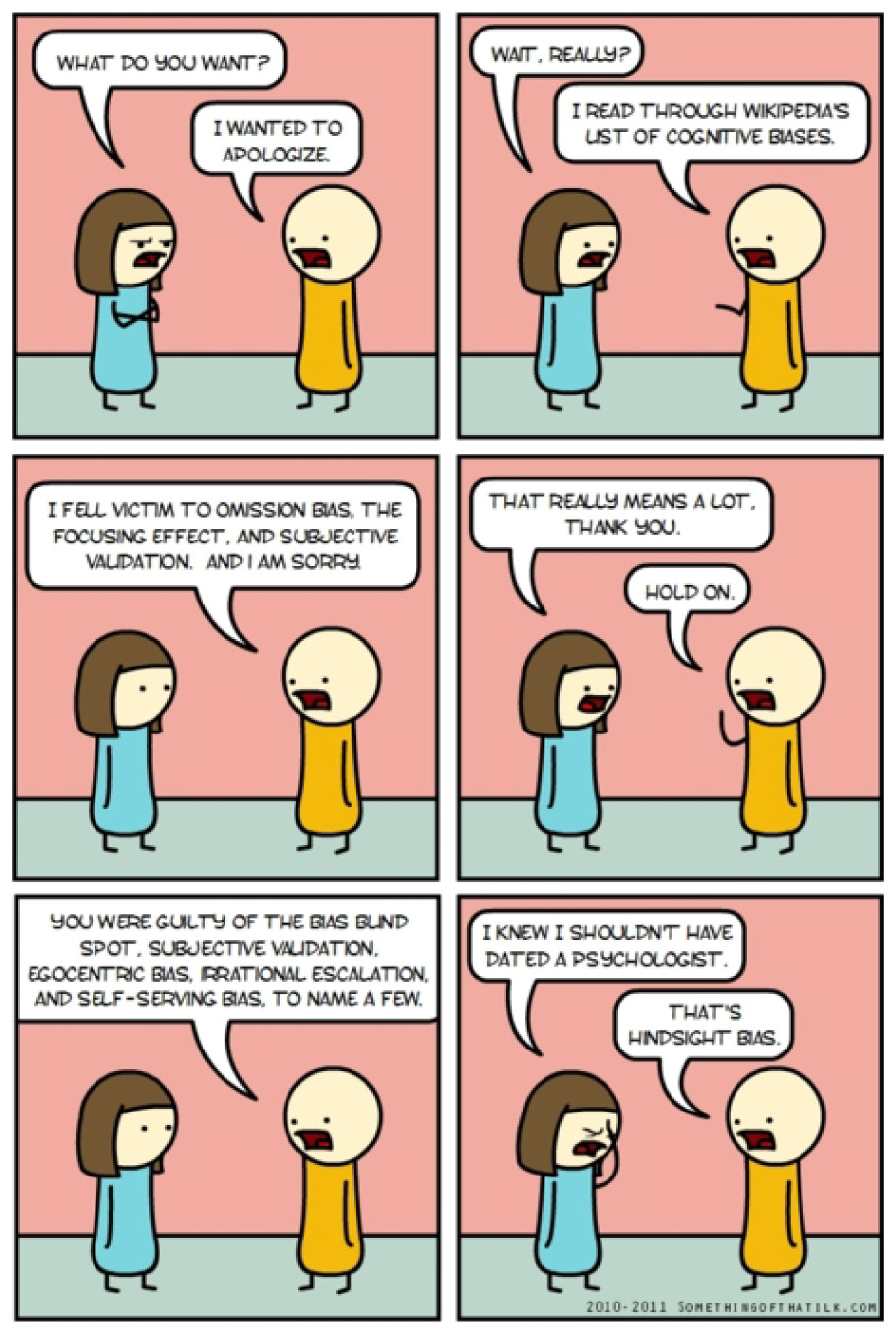
2. Mitigating Bias
Bias is a tendency, feeling or opinion that results in a snap judgment that we make about a person or situation and can often impact our behavior.
To be clear, bias isn’t always a bad thing, and it’s nothing to be ashamed of. Every day, we’re bombarded with so much information that our minds create shortcuts to help us make sense of it all efficiently. Think of these shortcuts like the brain’s GPS – usually helpful, but sometimes they take us down the wrong path. The key is to first recognize that these mental shortcuts exist. Once we’re aware of them, we can consciously slow down our decision-making process.
-
Know your biases. There are over 150 known cognitive biases! It can be helpful to become familiar with them because we can then identify them in ourselves and each other… so that we can pause and examine them, instead of instinctively and immediately acting on them.
The Cleveland Clinic has a great primer on bias to help us gain this baseline awareness and you can see every known cognitive bias in this infographic:
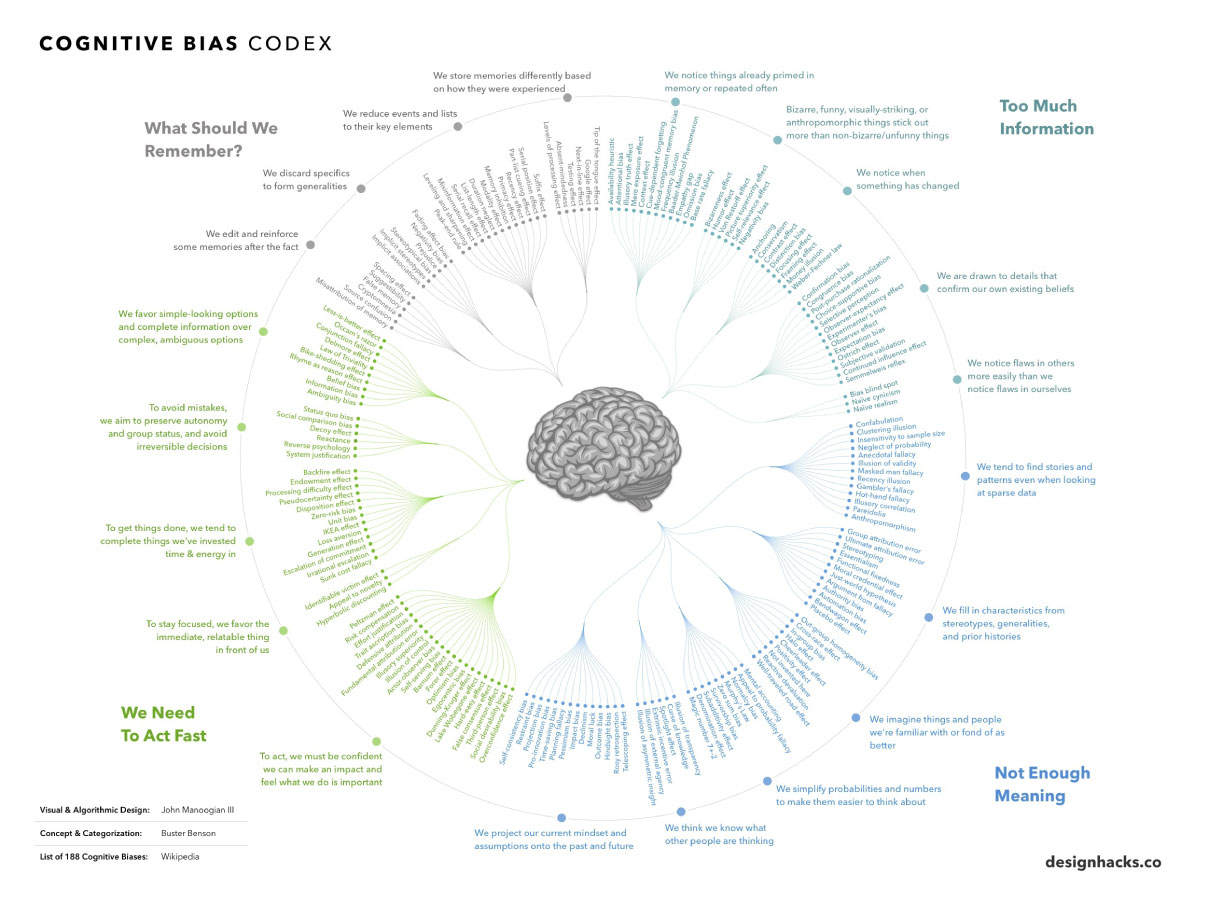
-
Interrupt Bias: This involves revising processes and practices where biases may creep in, whether in hiring, promotions, team dynamics, or day-to-day decision-making.
For instance, instituting diverse hiring panels can help mitigate biases in recruitment and the hiring process. You could also consider introducing structured, objective criteria for performance evaluations to help prevent unconscious favoritism in the review process.
On the other hand, creating a culture where team members feel safe openly acknowledging biases in a constructive way during meetings or discussions can make a difference on an interpersonal level. It’s all about creating a culture where it’s safe and expected to flag bias, then taking thoughtful steps to address and rectify it.
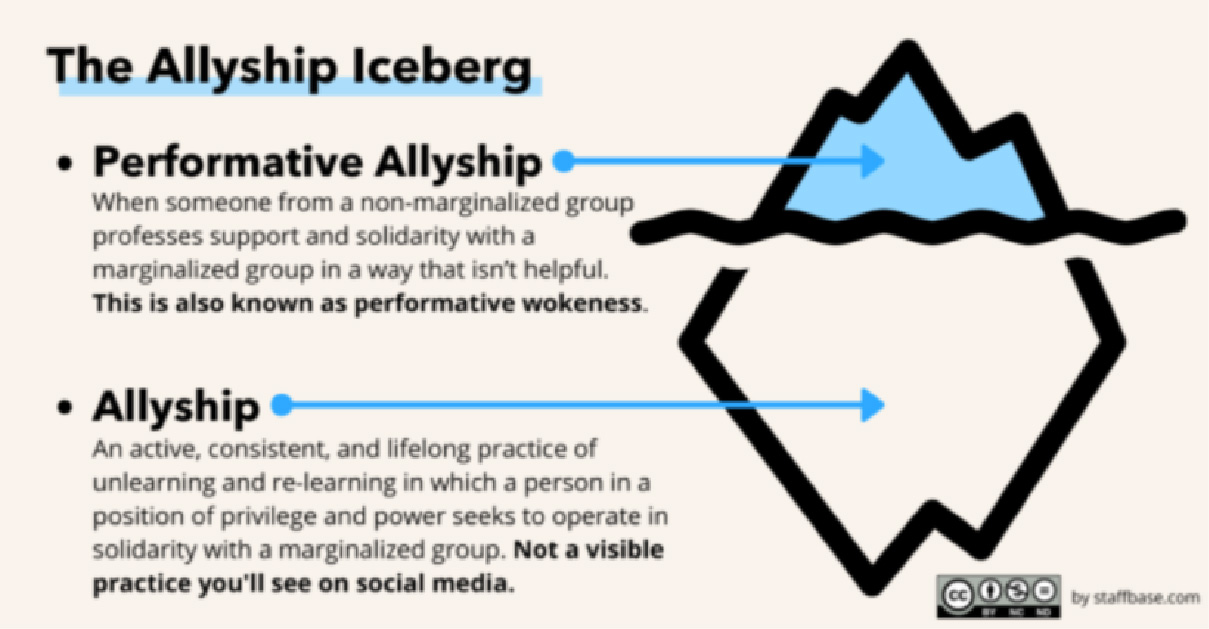
3. Ally-worthy Behaviors
An ally is someone who aligns and supports the advancement of people impacted by systemic inequity. It’s not just about tolerance or being kind – being an ally is about extending intentions into everyday actions. Being an ally can encompass a lot of different behaviors, but you can get started both personally and professionally with a few of the basics:
- Seek to Learn: Understand the history and current challenges faced by marginalized or underrepresented groups. This can look like reading books, listening to podcasts, attending workshops, or participating in webinars. The goal is not to become an expert overnight but to cultivate a deeper, more empathetic understanding over time.
- Elevate Underrepresented Voices: Actively look for opportunities to amplify the voices of those who might not be heard as often in your workplace. This could be as simple as passing the mic in meetings to ensure everyone’s ideas are heard, or advocating for diverse representation in leadership and decision-making forums. In team settings, recognize and credit ideas to their originators, especially if they’re from a less represented group. Amplifying others also means sharing their successes with the broader organization to acknowledge their contributions visibly.
- Address and Correct Misalignments: When you notice behaviors, policies, or practices that don’t align with the inclusive culture you strive for, speak up. This could mean having difficult conversations with colleagues or challenging decisions that inadvertently marginalize certain groups. Practice constructive confrontation – it’s not about pointing fingers but about working together to create a more inclusive environment. Remember, being an ally sometimes means being the voice for change, even when it’s uncomfortable.
By understanding our own identity, mitigating biases, and practicing ally-worthy behaviors into our daily lives, we not only enrich our own experiences but also contribute to cultivating a more inclusive and empathetic world.
The journey to a culture of belonging is ongoing. Each step we take, no matter how small, moves us closer to a healthy, inclusive organization.
 Ready to Talk Now?
Ready to Talk Now?